Day 27 - Imari To Arita, A Historic Porcelain Town, The Kyushu 108 Temple Pilgrimage, Japan






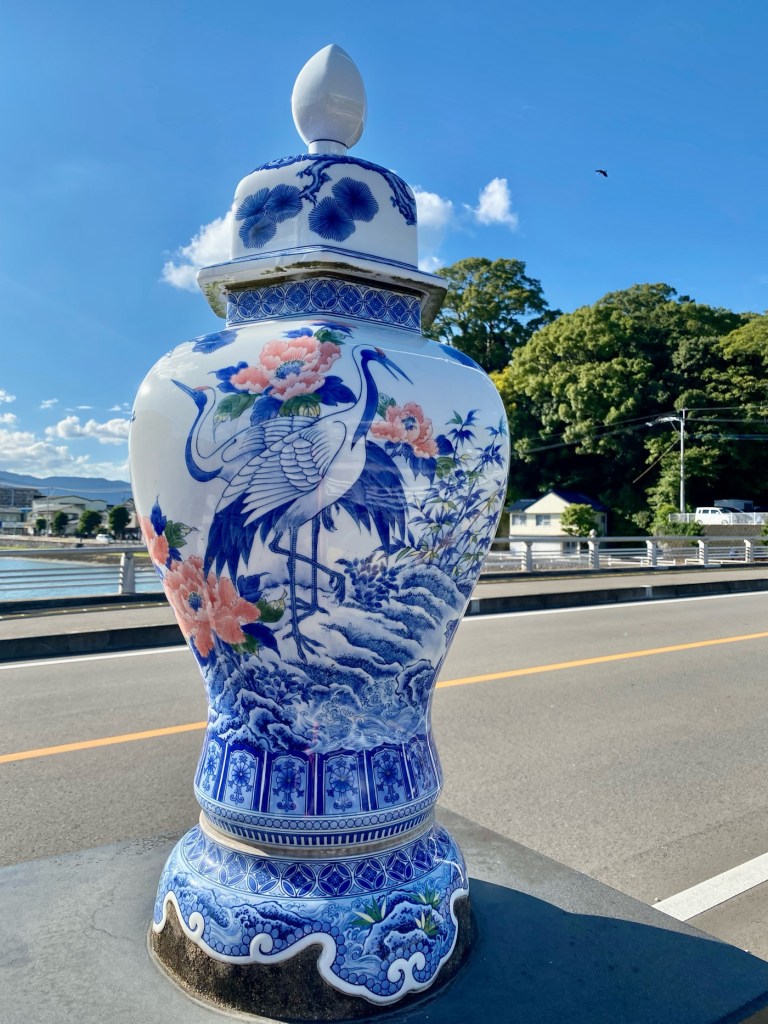
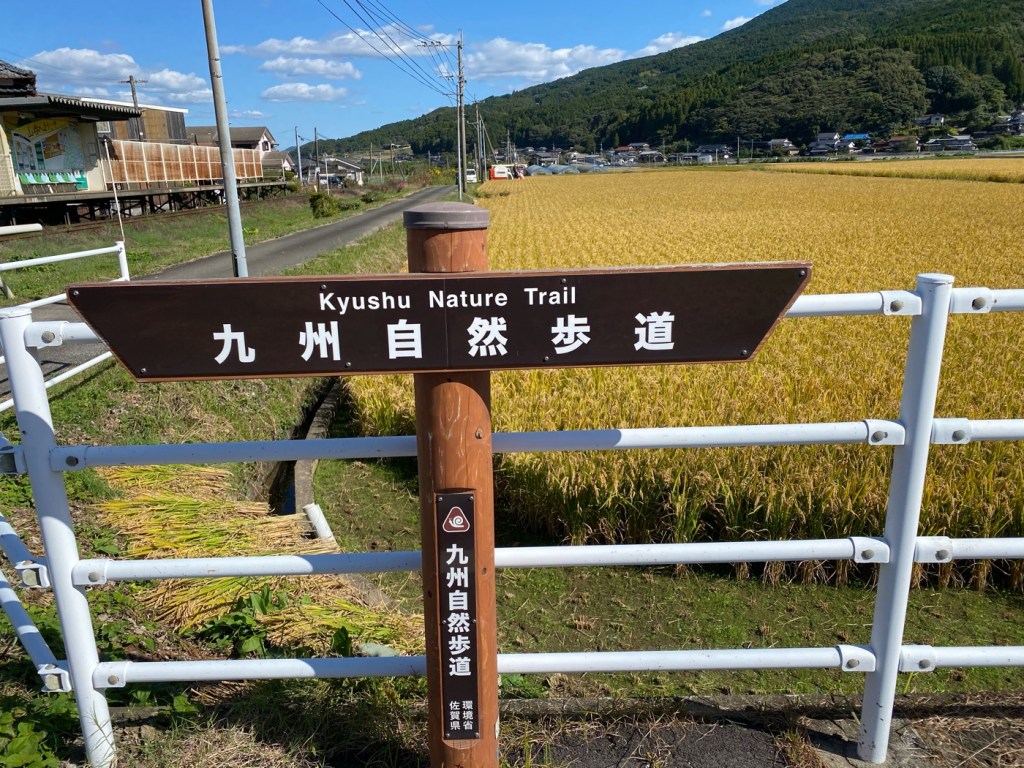
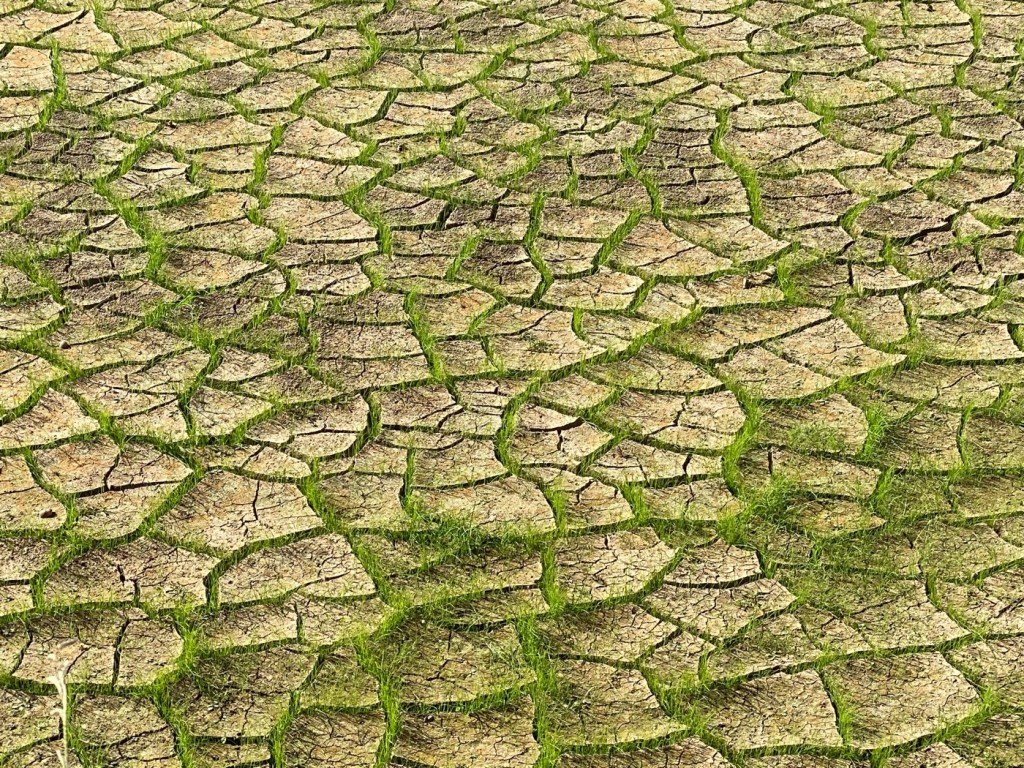





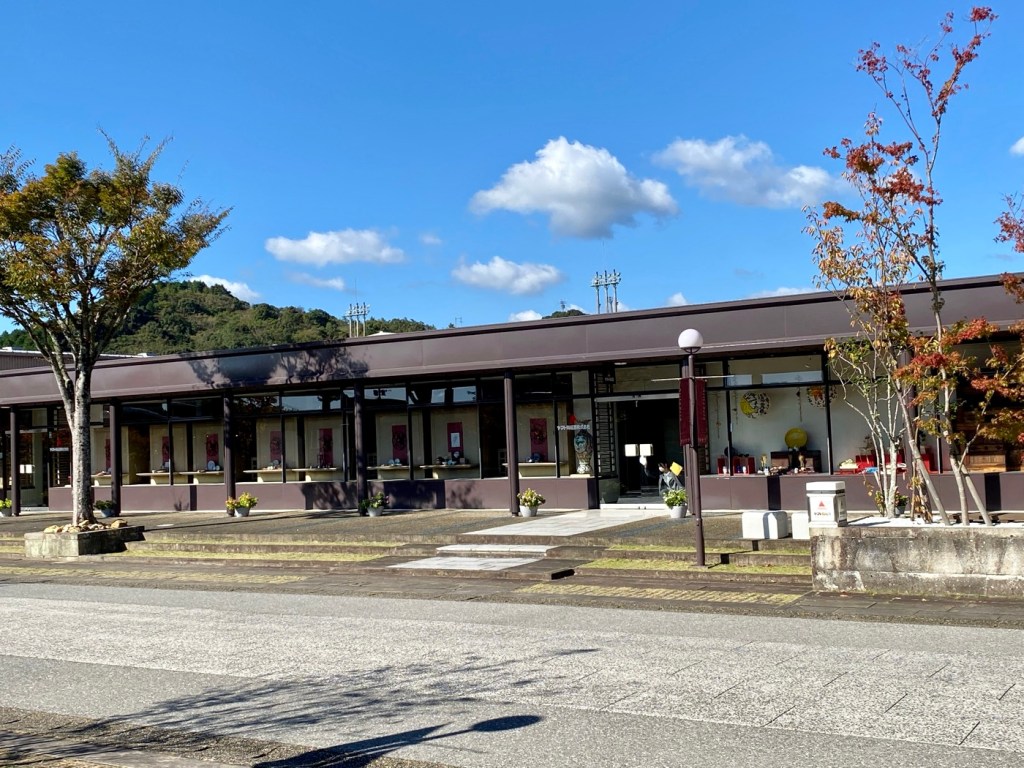













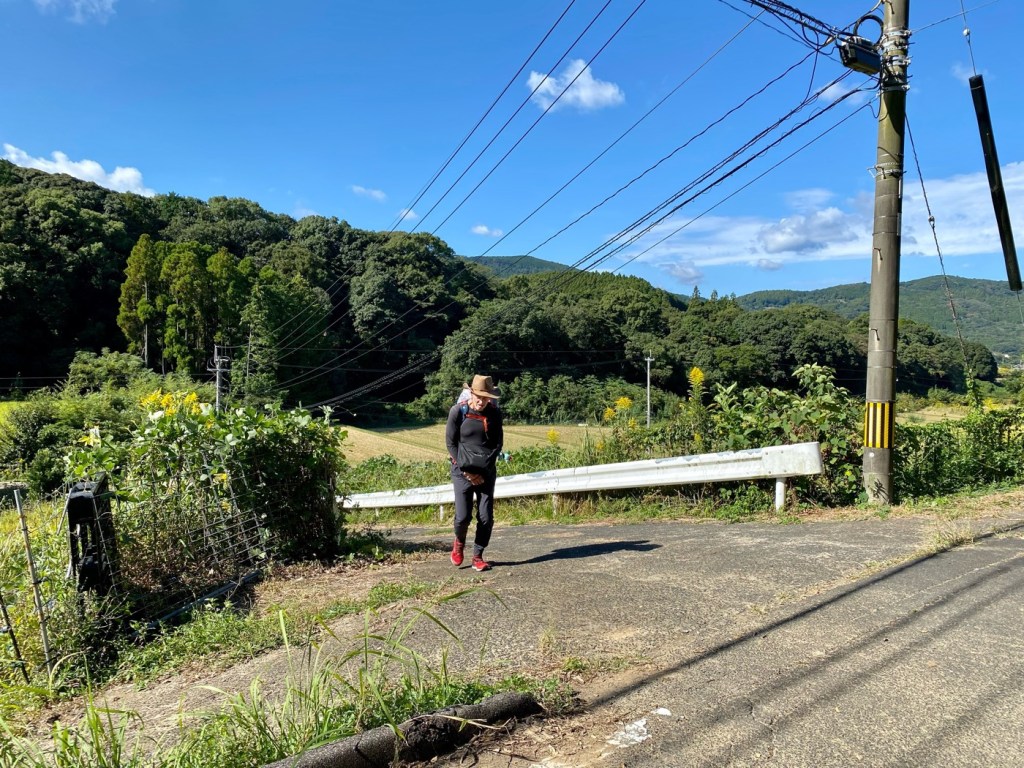
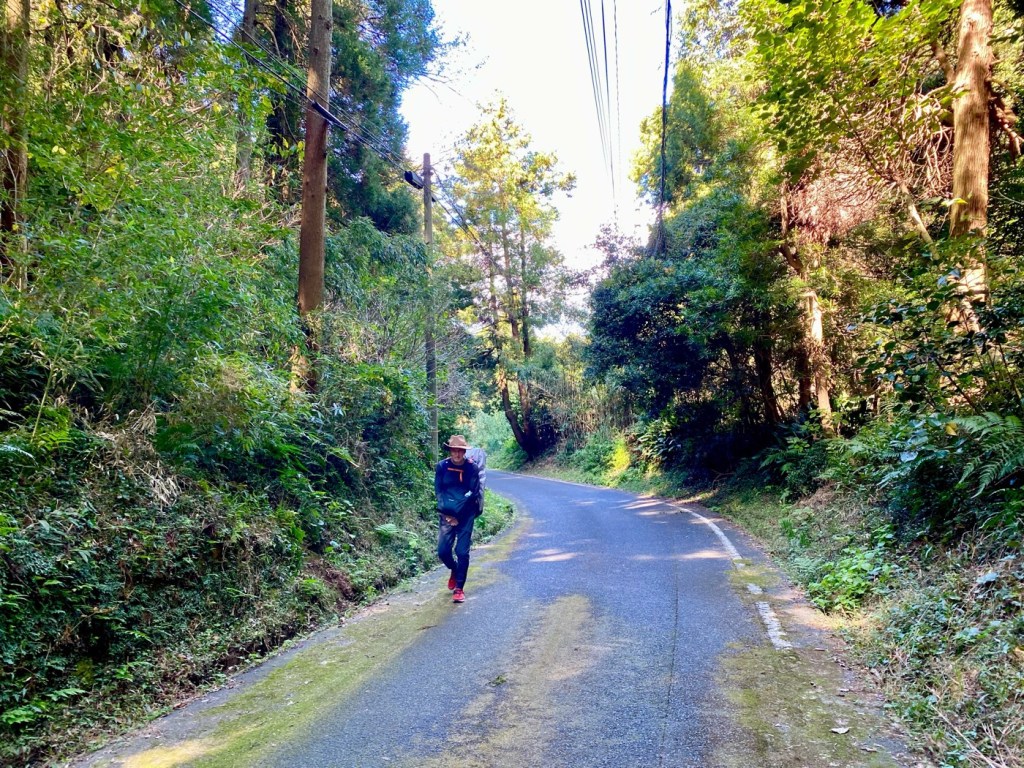


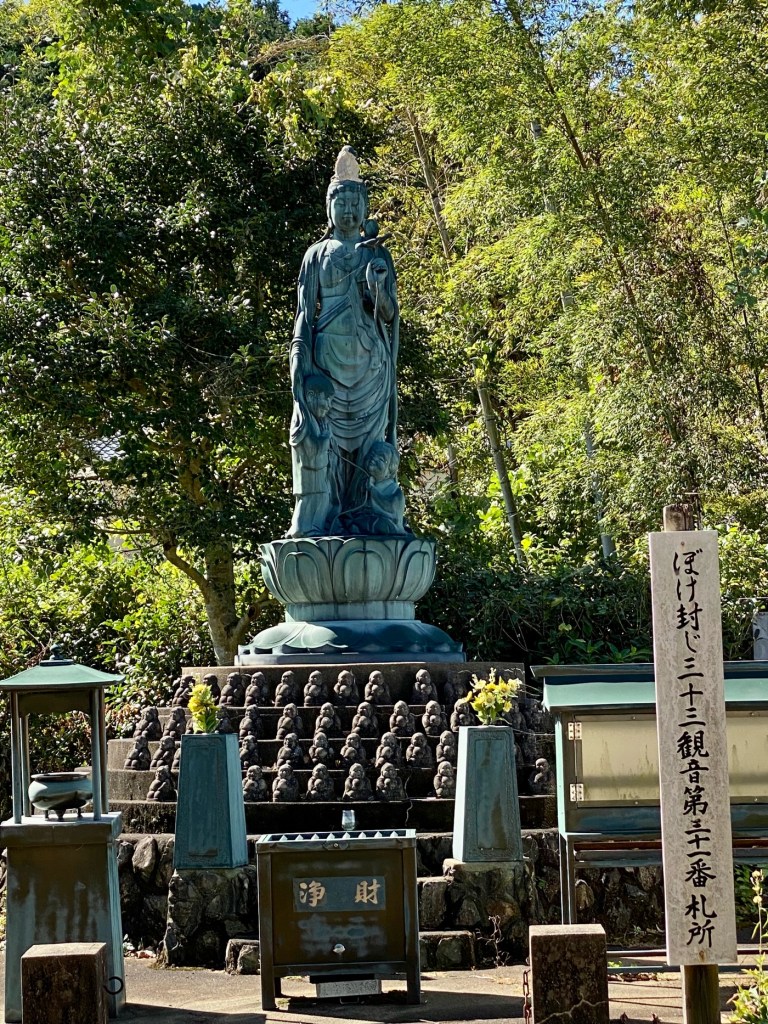
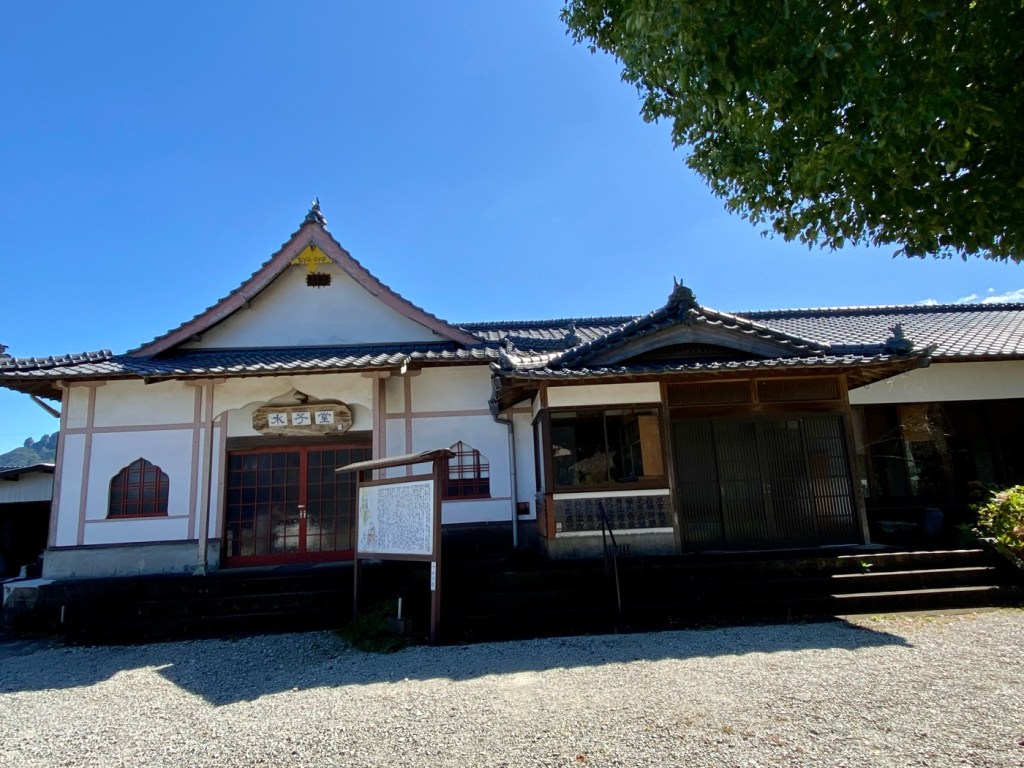




Day 27 - Imari To Arita, A Historic Porcelain Town, The Kyushu 108 Temple Pilgrimage, Japan
We left Imari early in the morning today.
We saw the Tontenton festival’s food vendors setting up their booths all over the city centre of Imari.
All traffic was redirected away from the city centre and the city felt very festive.
We didn’t have a long day of walking ahead of us today.
I had planned for us to walk only 15 km, in order for us to have the time to walk around Arita town.
We will be staying in a modern hotel that is partly a ceramic gallery, located in an area of other ceramic galleries.
We will be staying in Arita for two nights, in order to walk tomorrow around the preserved kiln area, where most of the houses remain as they were hundreds of years ago.
But first we had to visit Temple #70, which was located between Imari and Arita.
Mt. Ryumon Hoko-in Temple (Ryumonzan, Hokoin), is located in the land of “Arita ware”, which is famous around the world.
Surrounding the temple are Mt. Kurokami and the Ryumon Gorge.
It is a small temple known to be a place where you can see fireflies dancing in the early summer.
The principal image is an Eleven-Faced Kannon, which fulfills wishes and removes the sufferings of the worshipers.
There is a Mizuko-do built on the grounds.
It is a hall devoted to prayers offered for “Water-Children.”
A Water-Child is a child that was stillborn, aborted or abandoned after birth.
A sign by the hall said that in the old days, life was very hard and people had so little to eat and so much work to do.
So raising a child was a big and costly responsibility, which not everyone could afford.
Many parents abandoned their children at the temples, hoping that the compassionate monks would raise them instead.
Nowadays, grieving parents who have lost a child, either during pregnancy or after, come to pray for their Mizuko and find comfort.
A Kobo Daishi statue is enshrined in the main hall alongside the Buddha of healing.
The lady who stamped our book and scroll had a warm smile.
She couldn’t believe that we could chant the Heart Sutra.
She said she hadn’t traveled much in her life.
She pointed to a photo of herself with a group of people who had traveled to Koyasan, and asked if we have been there.
I told her that we have been there a few times and loved being there.
She said that she loves Koyasan, too.
She said that she never met anyone, foreign or Japanese, who ever walked the Kyushu 108 temple pilgrimage.
The people she met doing the pilgrimage to collect merits, were all doing it by car.
She shyly said that she regrets never having traveled to the United States, but that her girlfriend has a daughter who married a navy man in Sasebo.
The daughter runs a small cafe and bagel shop in Sasebo, and that she used to bake cakes to sell at their shop.
It was a lovely walk through rural villages and small pottery workshops from there on, but, in all directions, we had no restaurants or even convenience stores.
We had no breakfast in our apartment hotel, except for tea and leftover cookies.
We stopped at an old shrine in the shade, to drink some tea and rest along the way.
The weather was lovely and a bit cool.
We arrived at Arita Sera, a ceramic complex full of high end galleries where we had booked a room for two nights.
I think both Jules and I were surprised to see that the many ceramic galleries around, including the gallery in our modern hotel, were so high priced.
The quality of the work was great, full of innovative and creative designs.
Some of the galleries also run a cafe or a bakery, in order to make some money from the visitors who might not be able to afford the cost of the porcelain.
It was too early to check in, so we ate a late lunch at the only other restaurant in the area besides our hotel.
Our hotel had already finished their lunch service, and all they offered were coffee and cakes.
I ate a very good lunch set of creamy sesame tofu, with a salad and rice balls.
Jules ate the tempura set meal, which also included the local specialty of Sesame Tofu, with an array of tempura, miso soup, pickles and a vegetable side dish.
It was getting cooler as the sun was setting.
It seemed that the best idea was to just call it a night and eat something in our hotel room.
The hotel’s restaurant doesn’t serve dinner and there were no places to buy anything to eat.
One of the fancy galleries had a bakery and cafe.
We bought a selection of baked goods to eat for dinner later.
After we checked in and took a shower, I laid down and immediately fell asleep for hours.
We ate the cold pastries that we had bought in the bakery for dinner.
It wasn’t a great dinner, but not every day on a pilgrimage is magical and full of delights.
As pilgrims, we have to learn how not to ride the emotional waves of having high hopes and feeling disappointed.
We have to accept whatever comes, whatever happens, and whatever chance sends our way, with equanimity.
There is no use bemoaning the lack of comforts or good food, because the next day you are out of there, walking over the mountains to another town, leaving behind the good and the bad, everything, even the wonderful people you have met.
A good pilgrim learns to feel nothing but gratitude.
I am grateful for a clean bed, a hot shower, a pot of hot tea at the end of the day, and a safe place to keep on roaming around…
Sending you joy,
Tali
Stats: 21,936 steps
Today’s walk: 15 km
Kilometers walked to date: 467
Temples visited:
Temple #70 Mt. Ryumon Hoko-in Temple